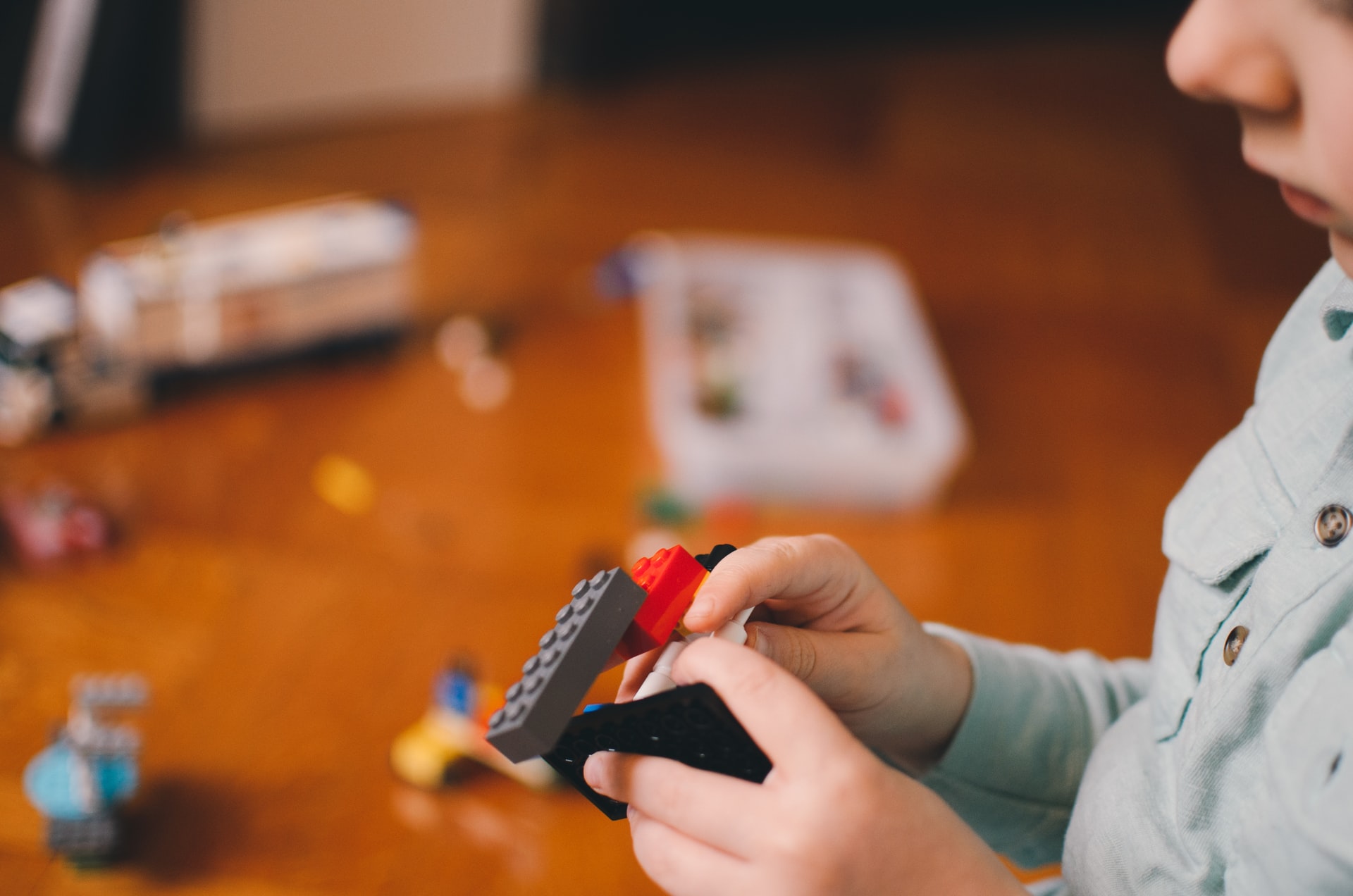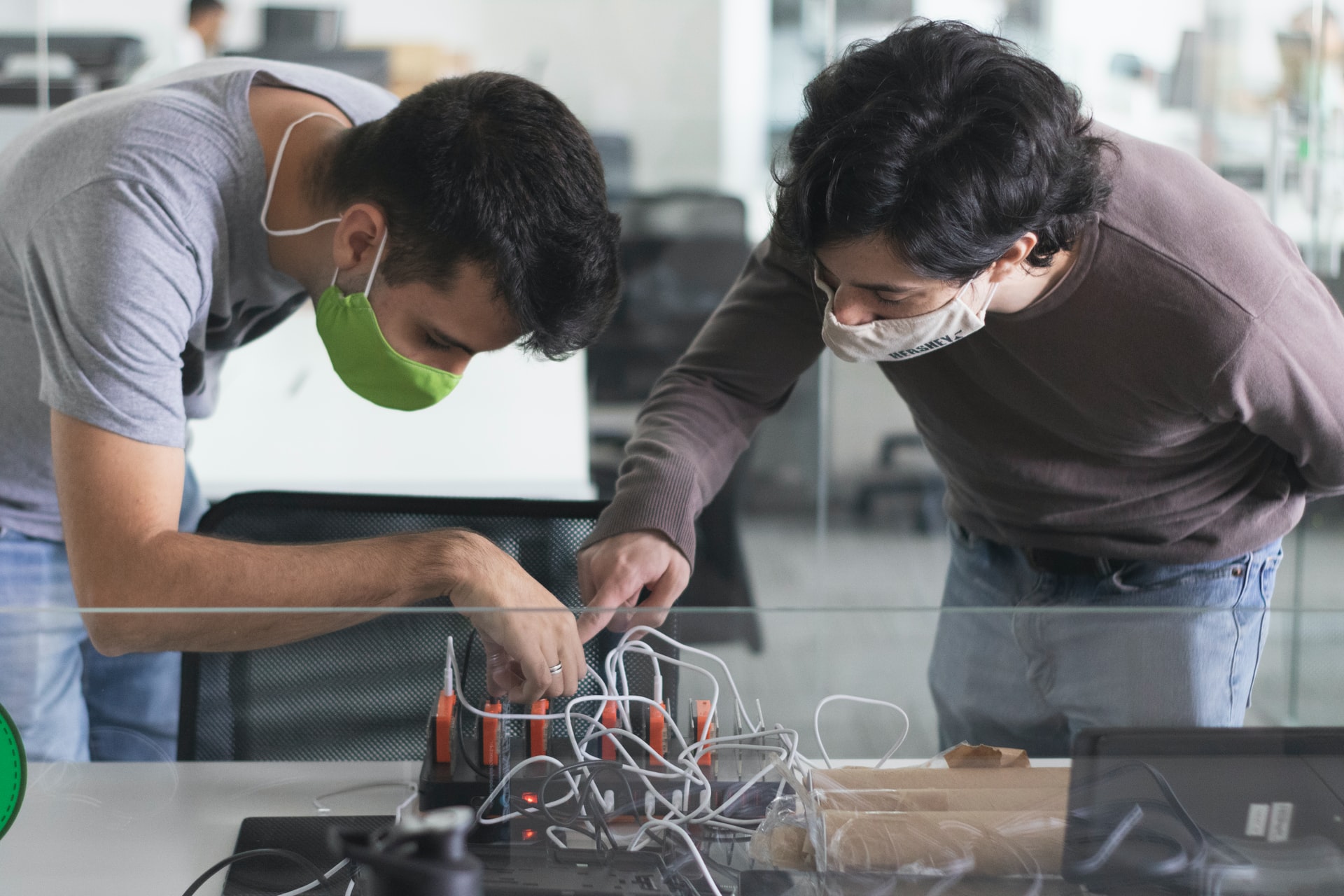By Stella Lincoln
 Image source by Unsplash
Image source by Unsplash
Why do companies mostly prefer experienced candidates over freshies? What do freshies lack that experienced candidates do not? This is what we call hands-on experience.
Education is not only about getting to know or having information about something. It's about experiencing a particular thing that you have learned. This is the reason universities and institutes often ask us to submit semester projects and final year projects so that we can practically apply what we have learned. Just like, e-learning is better than traditional learning, practical education is better than theoretical study.
In order to implement practical learning, the STEM education system is spreading all across the globe.
What Is Hands-On Learning?
Hands-on learning is basically the acquisition of all the skills, knowledge, and competencies that are required in the workplace. If your tutor is more focused on hands-on learning rather than theoretical explanations, you will be able to leverage it during your academic journey and in practical life as well.
Importance Of Hands-On Experience
Hands-on learning can not only improve your understanding of what is being taught, but you will be able to utilize that information practically. Let's quickly look into some benefits that hands-on learning provides to students.
1. Retaining Of Information & Program Material
You can remember the material you have read, and you will be able to remember it in a better way if you are listening to it as well. Similarly, if you are visually seeing anything, you can remember it even better. And the most worthy option is to experience something.
Hands-on learning provides you with an opportunity to experience the particular information that is being transferred to you. You will be able to retain more information if you have a chance to practice it with hands-on training. For example, you are being taught Arduino in order to make a simple Line-Following Robot. You can learn programming while the teacher is giving a lecture, but if you are able to apply it and make any robot using Arduino, you will grasp it in a much better way.
According to different studies, students are only able to absorb 20% of the information when they are listening to a passive-style lecture in the classroom. However, this percentage is increased to 75 if they experience equally what they are learning.
2. Simulated Learning Increases Student Engagement
If you have ever visited a preschool class or have seen how teachers make toddlers learn alphabets, you can understand how important it is to keep your students engaged. They use different pictures, physical items, and various activities just to make the children remember alphabets.
A similar sort of engagement is necessary when it comes to our academic journey during college and university. Reading books and listening to the lectures won't be too effective alone.
It increases students' engagement and interest when they are allowed to learn in a practical hands-on environment. They are willing to learn more, and their response rate is observed to be increased by three times.
Practical learning builds connections between real life. A student is able to relate learning objectives and outcomes with real-life experiences that increase interest, and students are willing to listen and pay attention. Tutors and professors who utilize academic tools and resources to bring in practicality during their lectures often observe more engaging classrooms.
3. Boost Critical Thinking And Enhance Creativity
Critical thinking and creativity can lead to wonderful inventions and creations. Hands-on learning and teachers' motivation can boost creativity in students a lot. According to research, Hands-on experiments include strong motivation, various students activities, critical thinking, and meaningful content. Deploying all these things together will improve creativity amongst the students.
As per an essay editing service UK, "During hands-on learning, students face various challenges, and they have to make decisions at different levels. They need to think about the upcoming steps and how the output could be based on their current methodologies.
Basically, students are not relying on their memory and classroom lectures only. They have to think out of the box in order to resolve the issues."
These experiences enhance the critical thinking and creativity of the students. They are eager to solve their problems on their own, which leads to unorthodox solutions and practical learning.
For instance, while making a robotic arm, you have to recheck your code. At that moment, you may not be able to take help from your notes or lectures. You have to go through the coding and syntax on your own and analyze where the trouble is. Information hubs like RobotLAB can be handy for students who are seeking practical learning.
4. Practical Knowledge From Practical Tutors
In order to provide students with hands-on learning and training, it is essential that the tutors themselves are practically involved in such experiments and experiences. An institute can not expect a theoretical professor to conduct practical sessions along with students and make them learn with real-life examples.
Students learning in the hands-on environment will have teachers with real-world experience. These tutors have practical knowledge and a teaching methodology that can help students understand things in a much better way.
These experts can guide students throughout their tasks and help them achieve better results in the form of their practical tasks and projects. Not only do tutors guide them about practical solutions, but they can also warn them about the safety precautions and troubles that they could face while handling a task. Such information is very useful while learning in academic institutes and in the workplace as well.
5. Getting Aware Of Real-Life Tools & Equipments
While I was searching for material to do my coursework for me, I went through some points about challenges freshies face during their initial period in the workplace. Among those challenges, the major one was not being familiar with the tools and equipment used in the workplaces.
The most important benefit that hands-on experience during the academic journey provides to students is that they become aware of mostly material that is used during the job. This allows proper handling of equipment and various tools.
One of the most common reasons for accidents in the workplace is the misuse of tools and equipment. This can be reduced if students are well aware of such equipment already.
This awareness can also lead students to understand their job quickly and can work at a better pace. It is observed that students having sheer knowledge of practicals are good at problem-solving.
Hands-On Learning - A Student's Bright Future
Unarguably, hands-on learning for the students of coding, virtual reality, engineering, technology, and even K12 level is essential. It can develop your future and can boost your thinking to the next level.
According to research conducted by RobotLAB, 65% of students will have work in the new job types, and it can only be possible for them to cope up if they are able to enhance their critical thinking and creativity level. Hands-on experience can not only help a student perform better at school, college, or university but makes them able to stand out during their practical life as well.
Learn more about Hands-on experience with RobotLAB!

RobotLAB is committed to bringing this technology to the students and enhancing their experience with tools that truly bring learning to life. Check our products ready for career readiness
 Author Bio
Author Bio
Stella Lincoln is currently working as an Assistant Editor at Crowd Writer, where she looks after various essay writers UK who are helping students with hands-on learning. Stella shares her professional knowledge through her blogs regularly. She loves to interact with different people and learn from them. Stella is a tech-geek.


